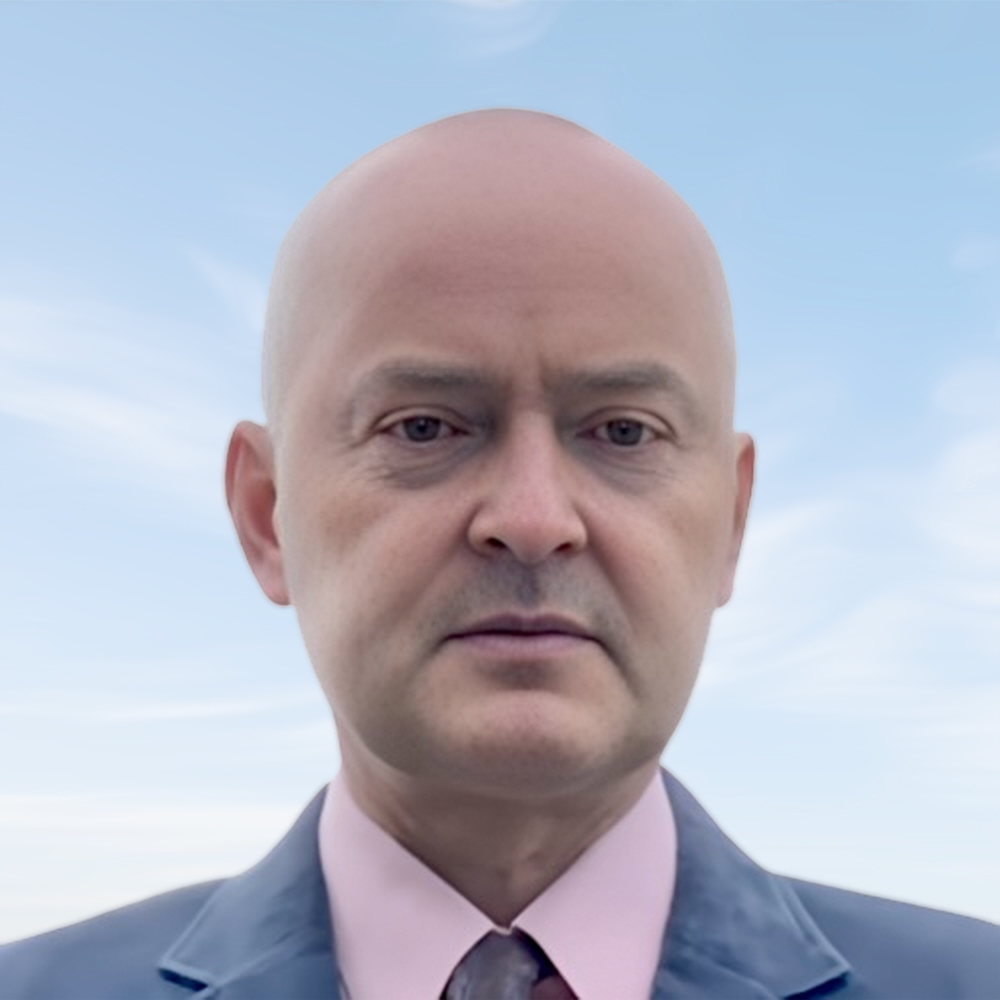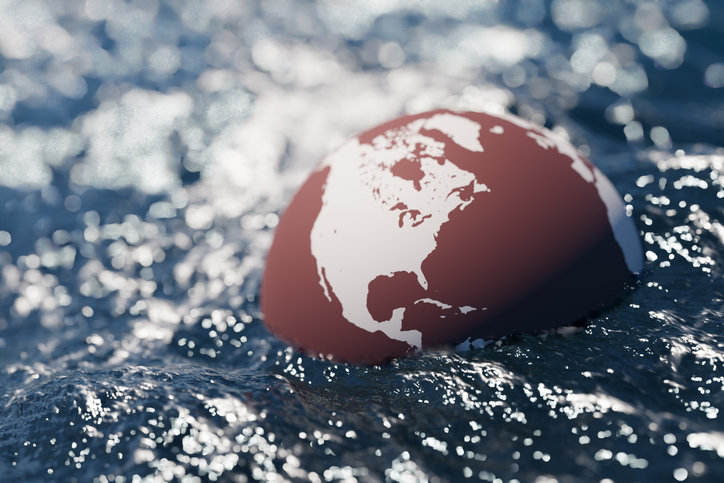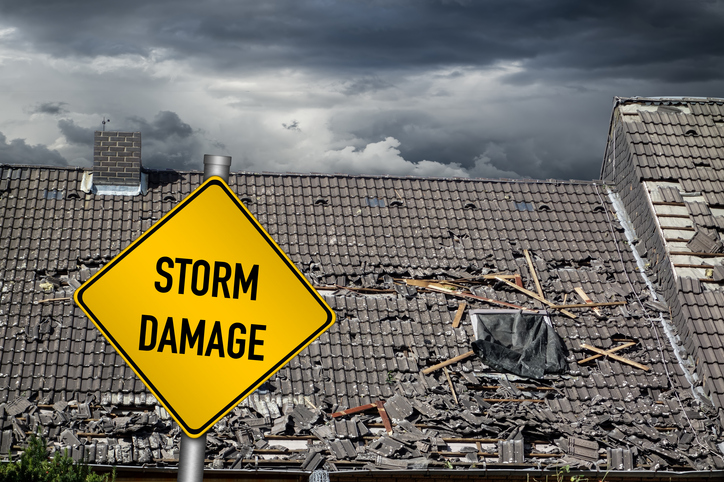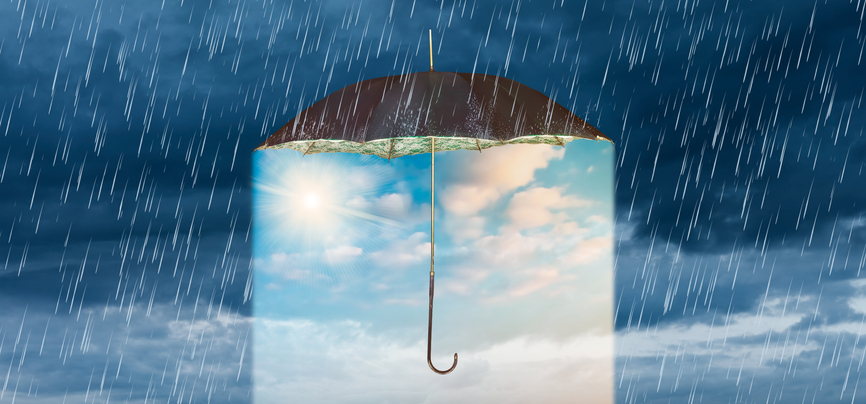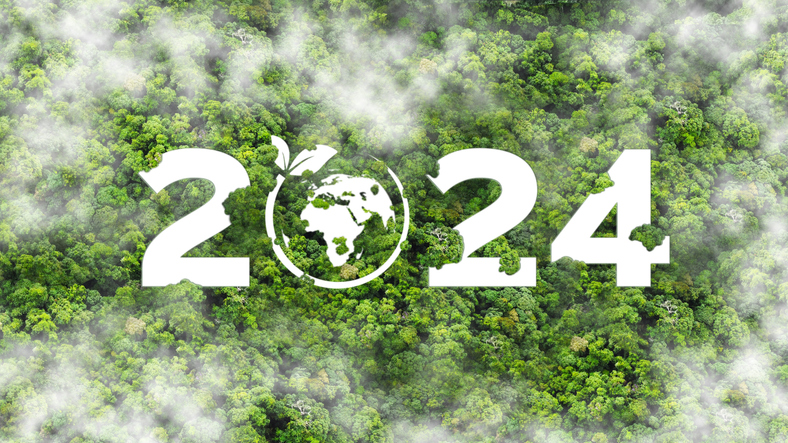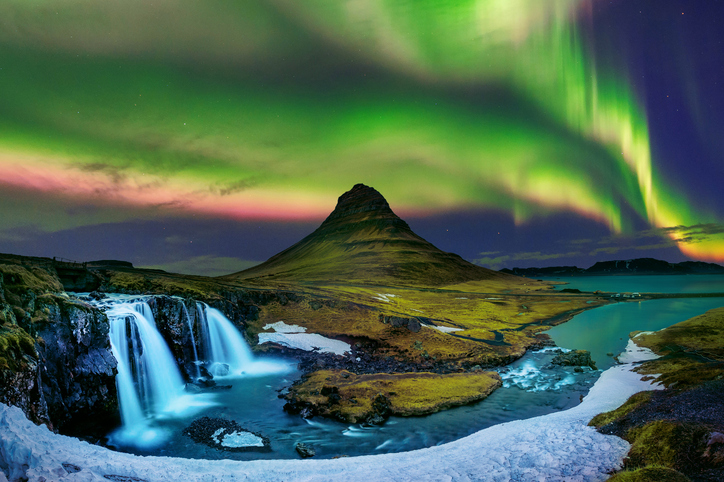24 Sep 2024
24 Jun 2024
New OpenWeather Dashboard: Your Comprehensive Weather Solution
We're excited to announce the launch of the OpenWeather Dashboard, a powerful tool designed to provide you with real-time weather data, forecasts, and expert insights from our experienced meteorologists, all in one place.
13 Jun 2024
The El Niño Effect
We have discussed the effects and implications of global warming in our previous articles. Part of the effect of increased global temperature is to exacerbate any existing natural weather patterns. One such weather system that is developing a...
06 Jun 2024
Insuring Any Kind of Weather
“The time to repair the roof is when the sun is shining.” – John F. Kennedy
The extreme weather conditions that are starting to be seen as the norm have produced increasingly high payouts from the world’s insuranc...
30 May 2024
OpenWeather One Call API 3.0: Introducing Human-Readable Weather Summaries
Get a clear and accurate description of today's weather and tomorrow's forecast in plain language, perfect for displaying in your apps or sharing with users.
13 May 2024
Harnessing the Power of Weather Data in complex industrial systems
SCADA (Supervisory Control and Data Acquisition) systems are now an essential element for managing and monitoring large-scale industrial processes, and often form the backbone of critical infrastructure and industrial processes. The...
02 May 2024
Introducing The OpenWeather Meteorological Service
We are excited to introduce our individual Meteorological Service led by Mr. Dan Hart, Chief Meteorologist, who provides you with industry-specific reports and advice. He brings over 25...
22 Apr 2024
Earth Day 2024
Earth Day is a global annual event celebrated each 22nd April, dedicated to bringing attention to environmental issues and inspiring everyone to take action to protect our planet. It promotes change, reminding us of the importance o...
12 Apr 2024
When Chemistry Meets Weather
Chemical facilities are an essential part of the global manufacturing landscape, creating the raw materials crucial to our daily lives. However, they also carry inherent risks. Accidental chemical releases can have devastating consequences fo...
27 Mar 2024
The Land of Ice and Heat
Located between the Greenland Sea and the North Atlantic Ocean lies a captivating nation that is world renowned for its breathtaking landscapes, glaciers, volcanoes, geysers, and waterfalls. A land that is constantly being shaped by the force...
